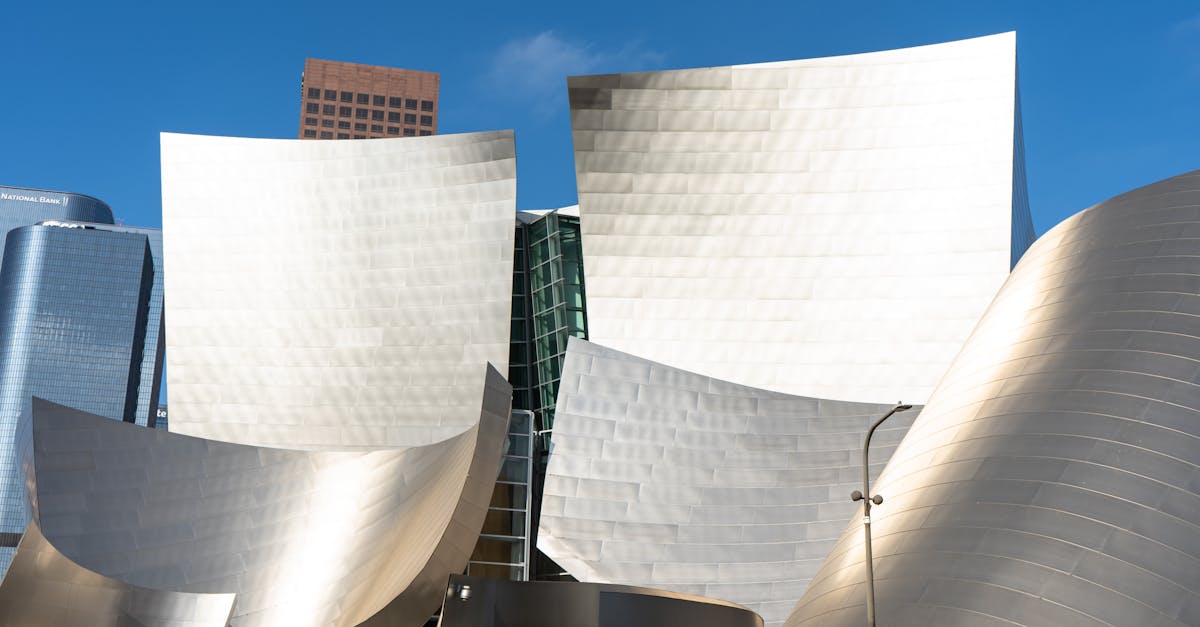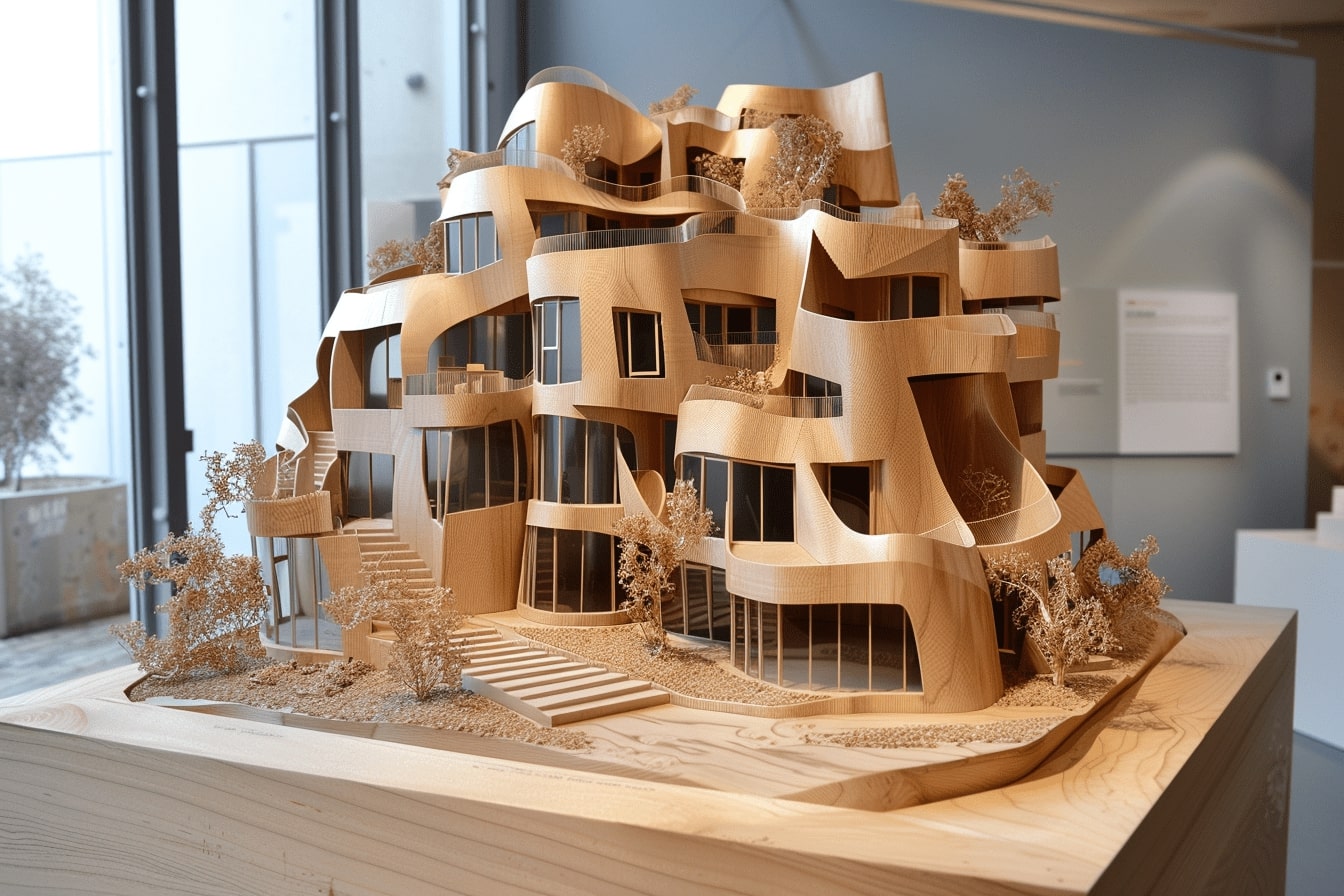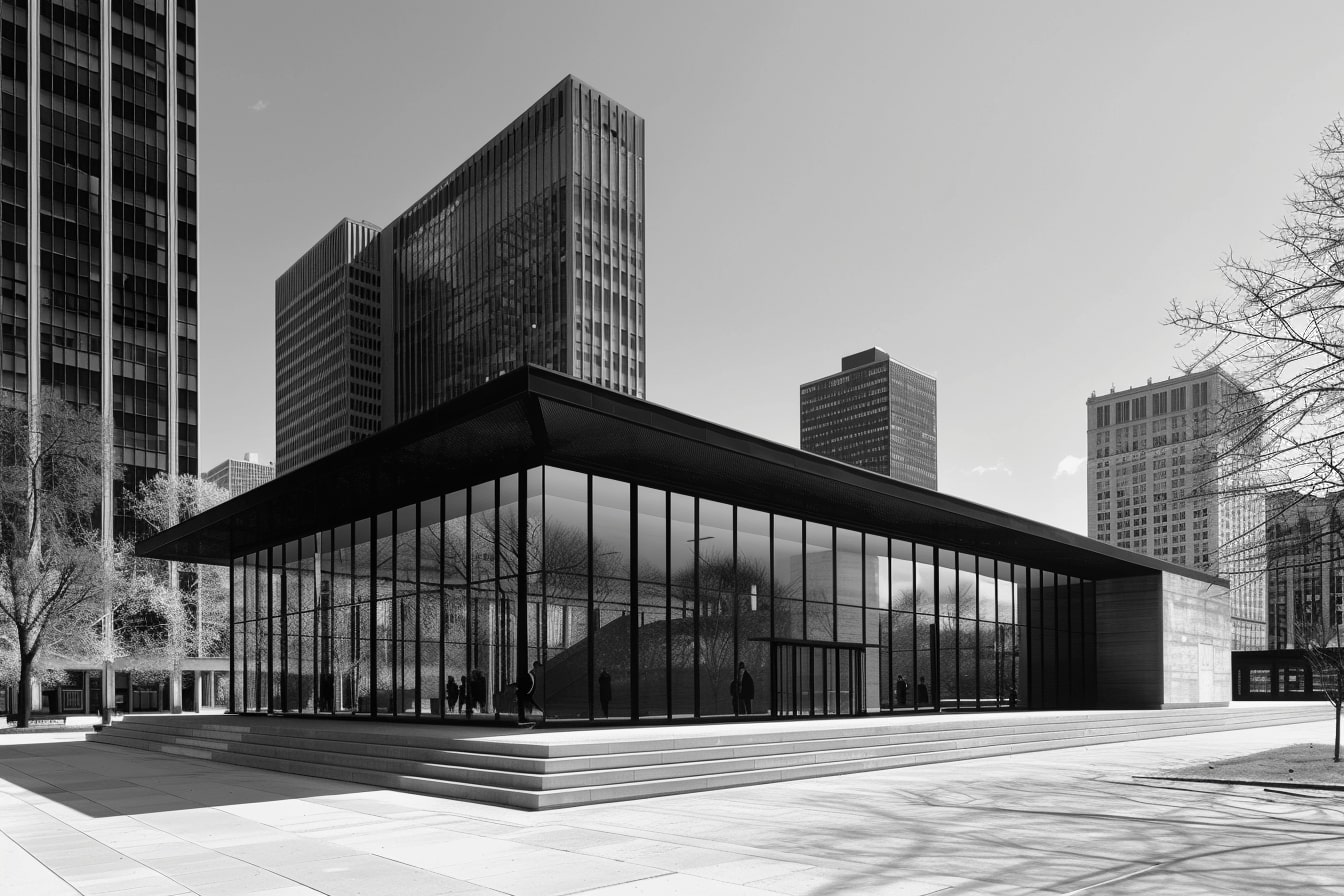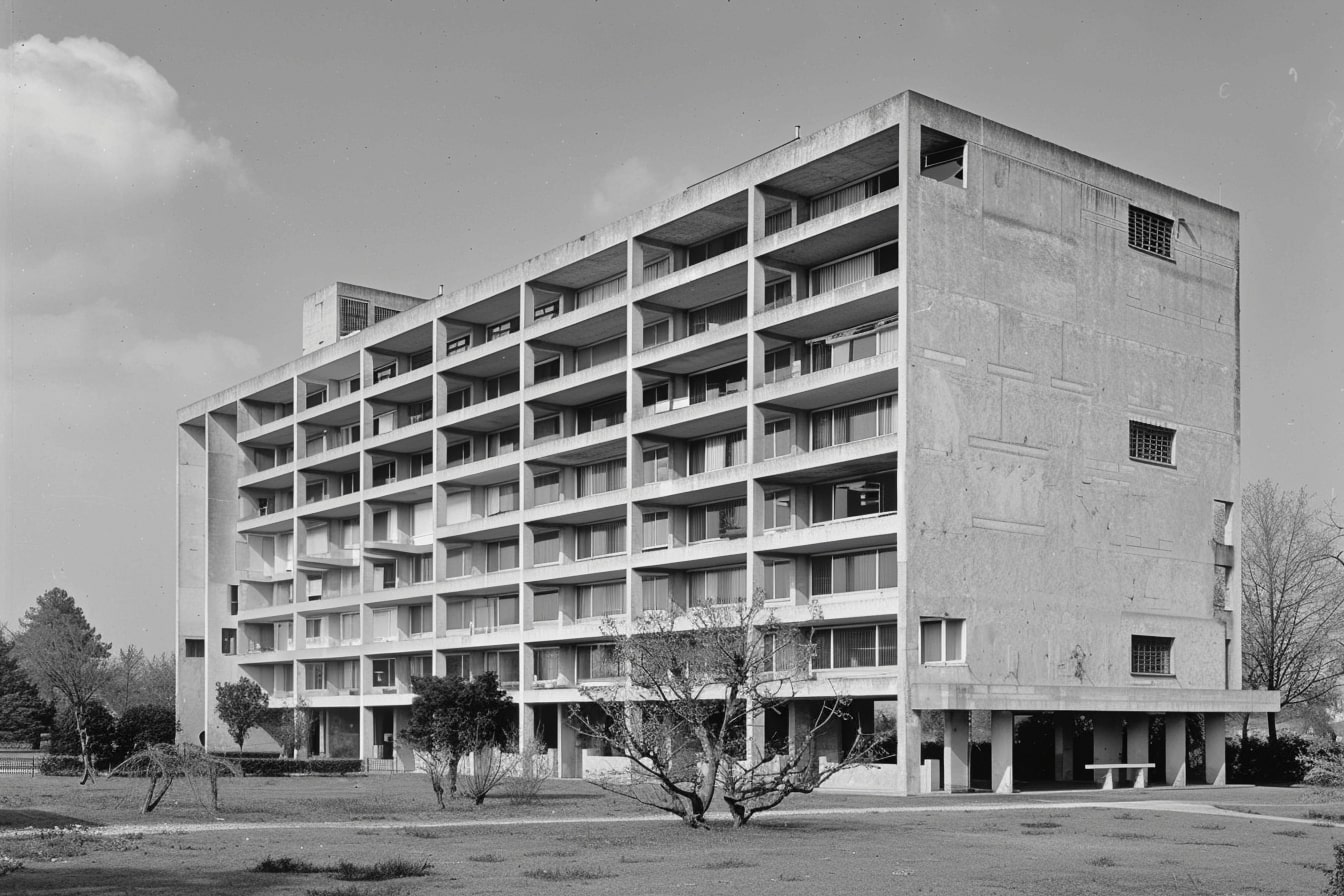- Home
- Articles
- Architectural Portfolio
- Architectral Presentation
- Inspirational Stories
- Architecture News
- Visualization
- BIM Industry
- Facade Design
- Parametric Design
- Career
- Landscape Architecture
- Construction
- Artificial Intelligence
- Sketching
- Design Softwares
- Diagrams
- Writing
- Architectural Tips
- Sustainability
- Courses
- Concept
- Technology
- History & Heritage
- Future of Architecture
- Guides & How-To
- Art & Culture
- Projects
- Interior Design
- Competitions
- Jobs
- Store
- Tools
- More
- Home
- Articles
- Architectural Portfolio
- Architectral Presentation
- Inspirational Stories
- Architecture News
- Visualization
- BIM Industry
- Facade Design
- Parametric Design
- Career
- Landscape Architecture
- Construction
- Artificial Intelligence
- Sketching
- Design Softwares
- Diagrams
- Writing
- Architectural Tips
- Sustainability
- Courses
- Concept
- Technology
- History & Heritage
- Future of Architecture
- Guides & How-To
- Art & Culture
- Projects
- Interior Design
- Competitions
- Jobs
- Store
- Tools
- More
Unveiling the Design Secrets of Frank Gehry: Transformative Architecture and Innovation

Frank Gehry’s architectural masterpieces have always left us in awe with their bold, unconventional designs. From the shimmering curves of the Guggenheim Museum in Bilbao to the strikingly modern Walt Disney Concert Hall in Los Angeles, Gehry’s work defies traditional architectural norms and challenges our perceptions of space and form.
But what lies behind these iconic structures? As we delve into the design secrets of Frank Gehry, we’ll uncover the innovative techniques and creative processes that set his work apart. Join us as we explore how Gehry transforms simple sketches into breathtaking realities, pushing the boundaries of architecture and inspiring future generations.

Table of Contents
ToggleUnveiling the Design Secrets of Frank Gehry
Frank Gehry’s architectural wonders puzzle and inspire many. To understand his iconic works, we should start with his early influences and career beginnings and then explore his signature style and techniques.
Early Influences and Career Beginnings
Gehry’s early life in Toronto and Los Angeles shaped his creative vision. He studied at the University of Southern California followed by the Harvard Graduate School of Design. His influences include modernist architects like Le Corbusier and art movements like Cubism. Working under architect Victor Gruen provided Gehry practical experience in urban planning. His first solo projects, including the Danziger House, showcased his departure from conventional design norms.
Signature Style and Techniques
Gehry’s designs are recognizable through their deconstructivist elements. He employs unconventional materials like corrugated metal and chain-link fences. His use of digital tools like CATIA enables creating intricate geometries. Gehry’s works, such as the Bilbao Guggenheim, demonstrate his signature fluid, sculptural forms. We can see how his freeform sketches transform into precise architectural marvels. The interplay of light and reflective surfaces in his projects generates dynamic visual experiences, a testament to his innovative approach.

Key Projects That Defined Gehry’s Legacy
Frank Gehry’s legacy is cemented through landmark projects that showcase his creative genius and innovative approach. Let’s explore some key works that define his architectural impact.
The Guggenheim Museum in Bilbao
The Guggenheim Museum in Bilbao launched in 1997, stands as one of Gehry’s most iconic projects. The museum’s design features complex, flowing curves made possible by titanium cladding. The structure integrates harmoniously with its surrounding, providing Bilbao with a modern architectural landmark. Its impact extends beyond architecture, driving cultural and economic revitalization in the region.
Walt Disney Concert Hall
Completed in 2003, the Walt Disney Concert Hall in Los Angeles reveals Gehry’s flair for acoustically and visually stunning designs. The stainless-steel exterior forms a series of sweeping and overlapping panels. Inside, the concert hall features an acoustically advanced auditorium that enhances the listening experience, making it a favorite among musicians and visitors alike.
Other Notable Projects
Gehry’s extensive portfolio includes other significant works:
- The Dancing House: Located in Prague, this building combines classical and modern elements, featuring dynamic, undulating designs.
- Lou Ruvo Center for Brain Health: In Las Vegas, this facility showcases Gehry’s innovative structural forms, with a distinctive fragmented façade.
- The Fondation Louis Vuitton: Situated in Paris, designed with overlapping glass panels, this contemporary art museum encapsulates Gehry’s signature style.
Each project exemplifies Gehry’s ability to push architectural boundaries and redefine urban landscapes.

Innovations in Architecture
Frank Gehry continuously redefines architectural norms through groundbreaking technologies and sustainable practices.
Use of Technology in Design
Gehry leverages cutting-edge technology to actualize his visionary concepts. He pioneered digital design using 3D modeling software, CATIA, to craft complex forms that defy traditional methods. This software allows precise visualization and manipulation of architectural elements, leading to accurate construction despite unconventional shapes. For example, the Walt Disney Concert Hall’s intricate steel structure benefitted from these advanced modeling techniques.
Sustainability Features
Sustainability plays a significant role in Gehry’s projects. His designs incorporate eco-friendly materials and energy-efficient systems to minimize environmental impact. The New World Symphony building in Miami integrates natural cooling strategies and recycled materials. Moreover, features like rainwater harvesting and solar panels are embedded in various projects, promoting sustainable urban development aligning with modern environmental standards.
Impact on Modern Architecture
Frank Gehry’s innovative designs have left an indelible mark on modern architecture, intertwining creativity, technology, and sustainability.
Influence on Contemporary Architects
Gehry’s approach, characterized by deconstructivism and the use of unconventional materials, has influenced many contemporary architects. His iconic structures demonstrate that architectural design can transcend functionality and act as a form of expression. For instance, architects like Zaha Hadid and Bjarke Ingels often incorporate non-traditional forms and futuristic elements in their buildings. This has paved the way for a new generation of architects who experiment with unique shapes and advanced materials, expanding the boundaries of modern architecture.

Contributions to Urban Landscapes
Gehry’s projects have redefined urban landscapes by transforming ordinary spaces into architectural spectacles. His designs often become landmarks that attract tourists and elevate the cultural significance of their locations. Examples include the Guggenheim Museum in Bilbao, which revitalized the city’s economy, and the Walt Disney Concert Hall, which reshaped Los Angeles’ downtown. These urban interventions not only beautify cities but also invigorate them, showcasing the potential of architecture to impact economic and cultural life profoundly.
Conclusion
Frank Gehry’s transformative impact on architecture is undeniable. By consistently pushing boundaries, he redefined our understanding of buildings and urban spaces. We see his deconstructivist style in iconic structures like the Guggenheim Museum in Bilbao and the Walt Disney Concert Hall. Gehry’s innovative use of materials, such as titanium and stainless steel, helped redefine architectural possibilities.
As Gehry’s designs transformed cities, they revitalized economies and cultural perceptions. Bilbao, for instance, saw a significant tourism boost with the Guggenheim Museum, altering its urban landscape completely. Similarly, Los Angeles benefited from the Walt Disney Concert Hall, which became a cultural landmark.
Our exploration reveals that Gehry’s influence extends beyond his own work. He inspired countless contemporary architects to explore unconventional forms and materials. This ripple effect has sparked a broader architectural movement that values experimentation and creativity. By challenging traditional norms, Gehry paved the way for a new era in architectural design, one that continues to inspire and transform our cities.
Understanding Gehry’s design secrets provides valuable insights into the evolution of modern architecture and its future direction. His legacy endures, encouraging us to look beyond conventional aesthetics and embrace innovation in every structure we create.
- Architectural Innovation
- architecture design process
- Frank Gehry Architecture
- Frank Gehry Style
- Gehry Building Techniques
- Gehry Design Secrets
- Gehry Inspired Designs
- Gehry Projects
- Iconic Gehry Buildings
- Innovative Architectural Design
- modern architecture trends
- sustainable architecture innovations
- Transformative Architecture
A licensed architect with hands-on studio experience, I translate complex design ideas into clear, engaging stories for a global audience. As a seasoned content writer and editor, I craft articles, project features, and thought-leadership pieces that illuminate emerging technologies, sustainable practices, and cutting-edge design trends—always with an architect’s eye for detail, accuracy, and narrative flow. My goal is to bridge practice and publication, giving fellow professionals and curious readers alike the insight and inspiration they need to push architectural boundaries.
Submit your architectural projects
Follow these steps for submission your project. Submission FormLatest Posts
The Ultimate Guide to Fencing in North Dakota: Choosing the Best Fence for Your Property
Watching a chain link fence twist in 70 mph winds near Minot...
Gaudí: Where Architecture Meets Science
Gaudí: Where Architecture Meets Science shows catenary arches, ruled surfaces, and biomimicry...
How Housing Market Forces Shape Architectural Design Today
Architecture never exists in isolation. Buildings rise from a mix of ambition,...
Why Portable Formaldehyde Gas Detectors Matter on Construction Sites
As construction practices shift toward more enclosed and material-intensive environments, the risk...












Leave a comment